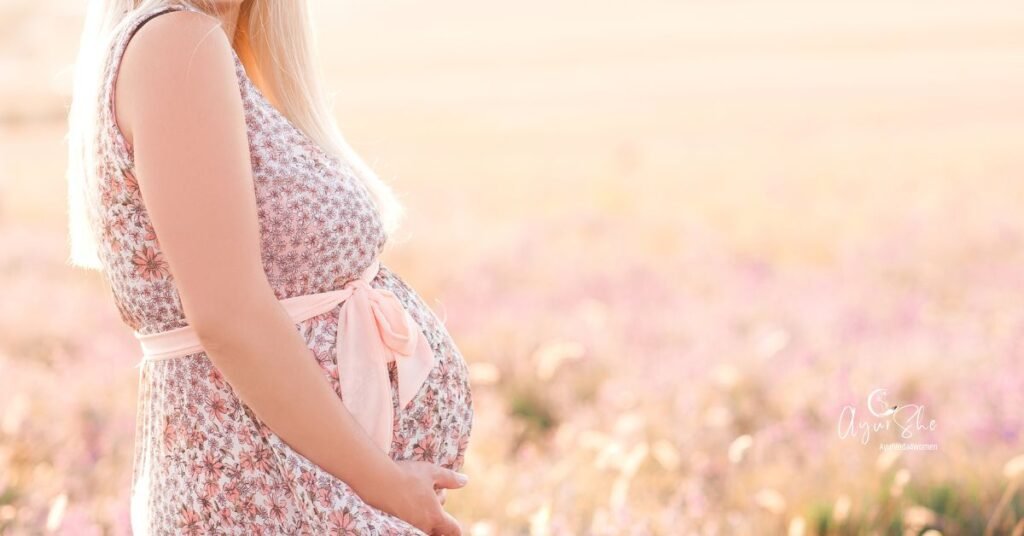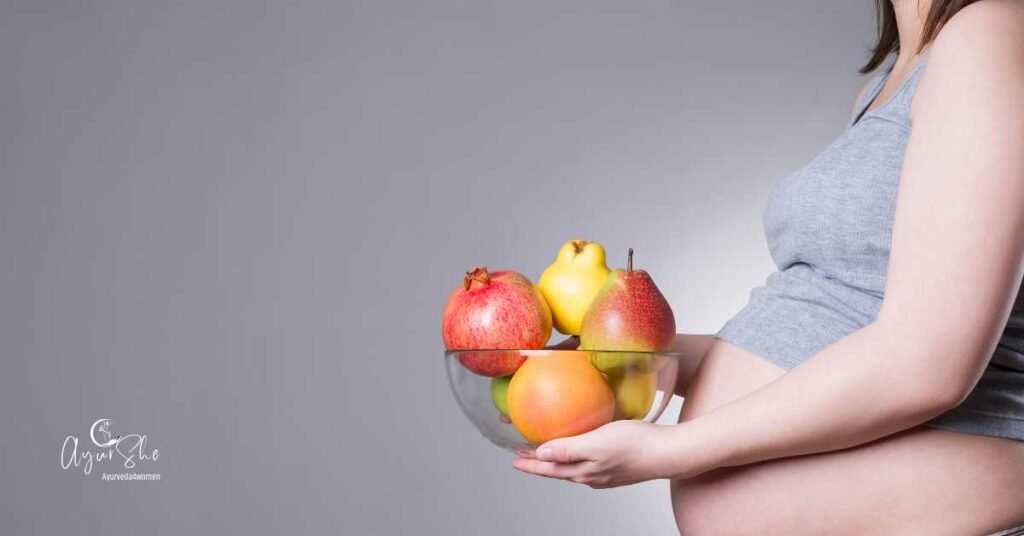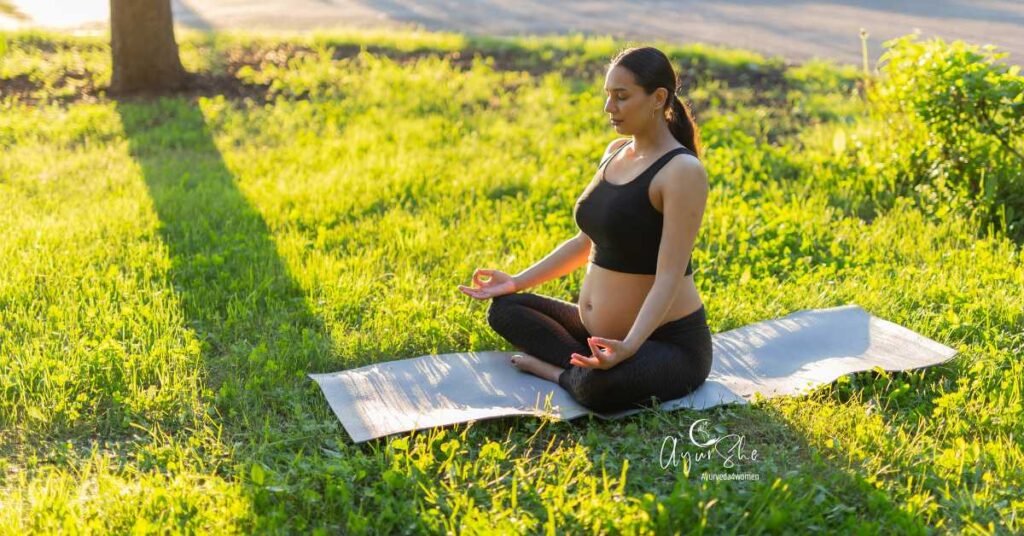Introduction
Anemia is one of the most pressing women’s health issues worldwide. According to the World Health Organization (WHO), nearly 30–40% of women of reproductive age suffer from anemia, with prevalence being even higher in South Asian countries, including India. Anemia is a condition marked by reduced hemoglobin concentration or red blood cell count, leading to impaired oxygen delivery to tissues.
In women, anemia most commonly arises due to menstrual blood loss, nutritional deficiencies, pregnancy demands, and postpartum depletion. The symptoms—fatigue, pallor, hair fall, brittle nails, and low immunity—go far beyond physical weakness, affecting emotional stability, productivity, and quality of life.
Modern medicine classifies anemia into multiple types (iron-deficiency anemia, megaloblastic anemia, hemolytic anemia, etc.), while Ayurveda interprets it primarily as Pandu Roga, caused by deranged doshas and impaired Rakta Dhatu (blood tissue) formation.
This article provides an in-depth Ayurvedic and modern review of anemia in women, covering causes, diagnosis, serious notes, and holistic treatment strategies.
I. Understanding Anemia – Modern Science
🔎 Definition
Anemia = Hemoglobin <12 g/dl in non-pregnant women.
🩺 Types of Anemia
- Iron-Deficiency Anemia (most common, >60% cases)
- Megaloblastic Anemia (due to folate or vitamin B12 deficiency)
- Hemolytic Anemia (increased RBC destruction)
- Aplastic Anemia (bone marrow suppression)
- Anemia of Chronic Disease (kidney, autoimmune, infections)
🌐 Causes in Women
- Menstrual blood loss (heavy bleeding, PCOS, fibroids)
- Pregnancy demands (increased iron requirement)
- Postpartum depletion
- Poor nutrition (low intake of iron-rich foods, vegetarian diets without balance)
- Malabsorption (celiac disease, gut inflammation)
- Parasitic infestations (hookworm, common in tropical regions)
⚠️ Symptoms
- Fatigue, weakness
- Pallor (pale skin, conjunctiva)
- Hair fall, brittle nails
- Shortness of breath
- Dizziness, headaches
- Irritability, low concentration
🧬 Diagnosis
- Complete Blood Count (CBC)
- Serum Ferritin & Iron Studies
- Peripheral smear
- Vitamin B12 & Folate levels
- Reticulocyte count
II. Ayurveda’s Understanding of Anemia
📖 Classical Interpretation
Ayurveda describes a disease resembling anemia under Pandu Roga, characterized by pale skin, weakness, fatigue, dizziness, and disturbed digestion.
- Rakta Dhatu (blood tissue) is primarily affected.
- Pitta Dosha is vitiated due to faulty diet & lifestyle, impairing Agni (digestive fire).
- Improper digestion → Ama (toxins) formation → poor absorption of nutrients → weak blood formation.
⚖️ Dosha Involvement
- Pitta: Excess heat destroys blood tissue → pallor, yellowish skin.
- Vata: Dryness, weakness, hair fall, fatigue.
- Kapha: Heaviness, swelling, sluggishness.
🌀 Pathogenesis (Samprapti)
- Weak Agni → poor nutrient assimilation
- Vitiated Pitta + Kapha → obstruction in Rakta Dhatu formation
- Depletion of Ojas → reduced vitality & immunity
III. Correlation: Modern & Ayurvedic Views
| Modern Science | Ayurvedic Concept |
|---|---|
| Iron deficiency anemia | Pandu Roga, Rakta Kshaya |
| Malabsorption (celiac, IBS) | Mandagni, Ama |
| Anemia in pregnancy | Garbhini Pandu |
| Fatigue, pallor | Vata + Pitta imbalance |
| Weak immunity | Ojas depletion |
IV. Ayurvedic Management of Anemia
Ayurveda emphasizes Nidana Parivarjana (removal of causes), Agni Deepana (digestive correction), Raktavardhaka (blood-enhancing herbs), and Rasayana (rejuvenation therapy).
🌿 1. Herbal Remedies
(With Dosage and How to Use)
| Herb | Benefits | Dosage & Use |
|---|---|---|
| Lauha Bhasma (Iron ash) | Increases hemoglobin, balances Pitta | 125 mg with honey or ghee, once/twice daily |
| Punarnava Mandur | Corrects anemia, reduces swelling | 250–500 mg tablet twice daily after meals |
| Dhatri Loha | Rich in Amalaki, improves hemoglobin | 1–2 tablets twice daily |
| Draksha (raisins) | Natural iron source, improves digestion | Soak 10–15 overnight, consume in morning |
| Amalaki (Indian gooseberry) | Vitamin C-rich, enhances iron absorption | 10–20 ml juice daily |
| Beetroot + Carrot juice | Improves hemoglobin | 100 ml fresh juice daily |
🌿 2. Classical Ayurvedic Formulations
- Navayasa Lauha – for chronic anemia
- Lohasava – liquid iron formulation, 15–20 ml with water after meals
- Triphala + Honey – improves digestion and supports blood formation
- Chyawanprash – rejuvenator, boosts Ojas
🍽️ 3. Diet Recommendations (Ahara)
- Include:
- Dark leafy greens (spinach, moringa, fenugreek)
- Lentils, black gram, jaggery, dates, figs
- Pomegranate, apple, beetroot, carrot
- Ghee and sesame oil (for Agni & absorption)
- Vitamin C-rich foods (amla, lemon) for iron absorption
- Avoid:
- Excess tea/coffee (inhibit iron absorption)
- Cold, stale, processed foods
- Overeating, which weakens Agni
🧘 4. Lifestyle & Yoga (Vihara)
- Regular sleep (Nidra) – essential for blood formation
- Avoid overexertion, stress, and fasting
- Yoga Asanas: Bhujangasana, Sarvangasana, Paschimottanasana – improve circulation & digestion
- Pranayama: Anulom Vilom, Kapalabhati – enhances oxygenation & metabolism
🧪 5. Rasayana (Rejuvenation)
- Amalaki Rasayana – rejuvenates Rakta Dhatu
- Swarna Bhasma (in microdose, under supervision) – builds Ojas
- Ashwagandha + Shatavari – strengthen Dhatus, reduce fatigue
V. Modern Medical Treatment
- Iron supplements (ferrous sulfate 100–200 mg/day)
- Folate & Vitamin B12 in megaloblastic anemia
- IV iron in severe cases
- Blood transfusion for life-threatening anemia
- Treat underlying cause: control menstrual bleeding, deworming, treat gut disease
VI. Integrative Approach
- Ayurveda improves digestive health, nutrient absorption, and long-term vitality.
- Modern medicine provides quick correction of hemoglobin.
- Combining both prevents recurrence and ensures sustainable wellness.
VII. Research Evidence
- AYU Journal (2012): Lauha Bhasma increased Hb significantly in women with iron-deficiency anemia.
- Journal of Ayurveda and Integrative Medicine (2017): Punarnava Mandur improved hemoglobin and reduced edema.
- Vitamin C from Amalaki enhances iron absorption by 30–40%.
VIII. Serious Notes & Precautions
- Severe anemia (<7 g/dl Hb) requires urgent hospital care.
- Excess iron supplements (modern or Ayurvedic) may cause constipation or liver stress.
- Ayurvedic herbs must be taken under guidance, especially in pregnancy.
Conclusion
Anemia in women is not merely a laboratory finding—it is a multi-system imbalance impacting physical vitality, mental clarity, and emotional health. Ayurveda provides profound insights by connecting anemia to Pandu Roga, impaired Agni, Rakta Dhatu depletion, and Ojas weakness.
Through blood-enhancing herbs, iron-rich diet, Rasayana therapy, yoga, and lifestyle correction, Ayurveda offers a comprehensive solution that complements modern medicine. An integrated approach ensures not only restoration of hemoglobin levels but also rejuvenation of overall well-being.
Women who nourish their Agni, Rakta, and Ojas experience lasting radiance, strength, and resilience.




